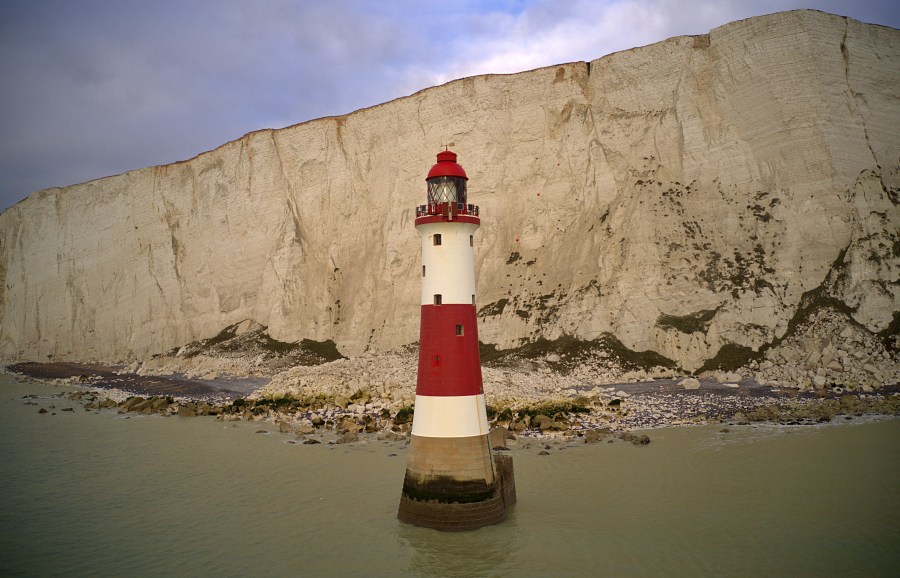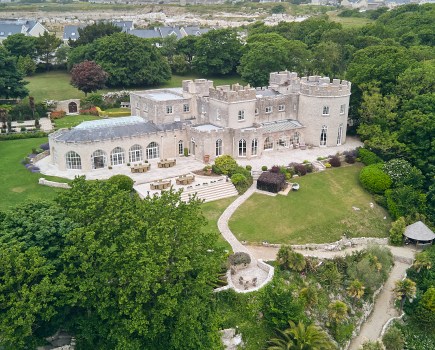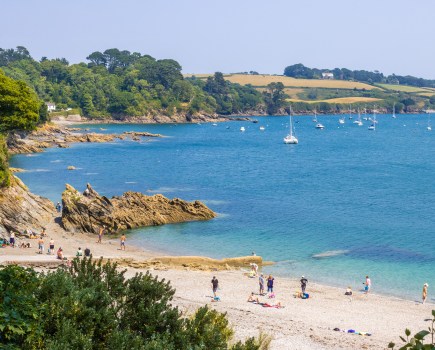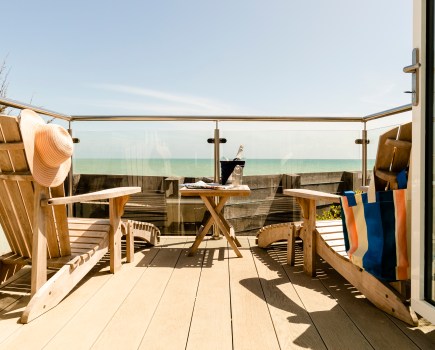Join WILLIAM THOMSON on his journey each month exploring a Shipping Forecast region – this month, Wight.
In the first four articles of this series we have learnt about the origins of the iconic Shipping Forecast, starting with the wreck of the Royal Charter and Robert Fitzroy’s dedication to stop the loss of unnecessary life through early storm warnings transmitted around the British Isles via telegram, accompanied by barometers in busy ports. To follow on the story, this month we will explore how this visionary man made the information accessible to all with the first ever national forecasting system.
In 1861 Fitzroy organised with The Times newspaper to ‘furnish certain meteorological returns in the paper’, with the first one published on July 31 (appropriately enough, my birthday!). This followed an article Fitzroy had written the year before titled ‘How to forecast weather’. The interest in this piece attracted such attention that the forecast in July was welcomed by everyone – but it looked slightly different to a modern forecast with the iconic pictures of sun, clouds, rain and snow.
Instead, it had a list of just over 20 locations with eight columns, labelled B. E. M. D. F. C. I. S. At first appearance this makes little sense, but an explanation at the bottom gives clear instructions.
B stands for barometric pressure, better known as air pressure; high pressure is commonly associated with clear blue skies and low pressure indicates cloud and rain. E stands for exposed thermometer in the shade (i.e. air temperature). M is ‘moistened bulb’ measuring evaporation and dew point. I’m not sure how this would be useful for the laymen, and the fact that it was disregarded in later forecasts shows the evolution of forecasting to provide what people actually want to know – is it going to be sunny or rainy, windy or calm?
The first forecast does help with this. D stands for direction of wind and F is the Beaufort Scale of that wind (more on that next month). The practical information then keeps coming; C represents cloud cover on a scale of 1-9 and I is the initials for the sky appearance; b is for blue sky, f is for fog, h is for hail, l is for lightning, m is for misty, s is for snow and t is for thunder. Do you think these letter initials are better or worse than our modern icons?
Finally, the last column S stands for sea disturbance on a scale of 1-9. The forecast ends with a general weather outline for the north, west and south of Britain with a simple explanation for those whose minds were boggled by the columns of coded numbers and letters.
This has Fitzroy’s precision stamped all over it – a man of astounding intellect and resourcefulness, with a love of detail and information gathering, driven to share information with the public but slightly out of touch with the common man, as was social convention in those days. However, over time this evolved into a system that worked for everyone – our modern day Shipping Forecast.
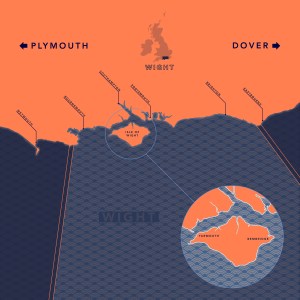
Wight. Southeast 1, 0 later. Smooth. Good.
What does this mean?
Firstly, ‘Wight’ is the stretch of water on the south coast running from around Beachy Head in Sussex to just beyond Swanage in the west. The numbers 1 and 0 refer to wind on the Beaufort Scale. Force 1 is wind speeds of 1-3 knots and the sea will look like ‘ripples with the appearance of scales are formed, but without foam crests’. This will be getting even calmer later, with a Force 0 making the sea look like a mirror.
‘Smooth’ refers to the sea state, with wave heights less than 0.5 metres. This is what you would expect from the extremely low wind speeds; the wind and water will have the appearance of being almost completely still.
If you were to look at a synoptic chart, it would likely show a big high-pressure system giving settled weather, with widely spaced isobars being the cause of such low winds. To finish, ‘Good’ refers to the visibility being greater than five nautical miles, adding to the splendour of the scenery!
What are the conditions for Wight today? Tune into the Shipping Forecast on BBC Radio 4 at 00:48, 05:20, 12:01 or 17:54 to find out!
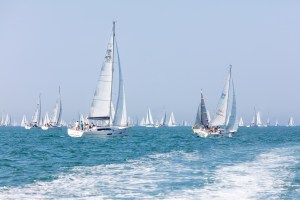
SAILING IN THE SOLENT
The Solent is the straight that separates the Isle of Wight from the mainland of England and is internationally renowned as a perfect playground for recreational sailing.
Joining the Solent waters are many sheltered and picturesque harbours including Chichester Harbour, Poole Harbour, Yarmouth, Lymington, Beaulieu River, Newtown River, Hamble River, Portsmouth Harbour, and Cowes. Whatever your departure point and whatever the weather, there are always plenty of sailing exploration opportunities in the area.
STEP ON BOARD
Many Royal Yachting Association (RYA) training centres are dotted around the Solent and are set up to provide quality sailing training courses to get you up to speed.
RYA sail cruising courses are designed to prepare you for anything from taking your first trip out of the marina to living on board, cruising along the coast, or venturing further offshore. Whatever your motivation, RYA courses and qualifications offer an opportunity to build confidence, have fun, and are often the starting point of a lifelong love of sailing.
Although you don’t legally need a licence to skipper a vessel in UK waters, Royal Yachting Association qualifications are highly respected worldwide and can be used as proof of competence. Whether you want to charter a yacht on holiday or start a career at sea, an RYA certificate will prove your experience and ability as a skipper. Choosing an RYA recognised training centre means you can be sure you are getting the highest standard of equipment and training.
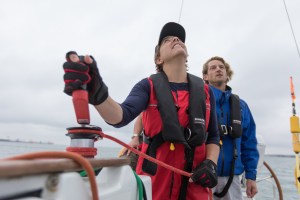
There are four main RYA training centres you can choose from in the Solent; Solent Boat Training (solentboattraining.com) in Southampton, UK Sailing Academy (uksa.com) in Cowes, Ventus Sailing (ventnussailing.co.uk) in Port Hamble, and Portsmouth and Chichester Marine Training (portsmouthmarinetraining.co.uk).
Each one specialises in a particular course; the Solent Boat Training offer a £99 Solent and south coast day sailing trip to give you a taste of sailing, the UKSA specialises in youth training with a two-day RYA Start Yachting Course from £265, Ventus runs the RYA Competent Crew Course (from £625) and Portsmouth and Chichester Marine Training will qualify you as an RYA Day Skipper from £399. For more information check their websites or visit the RYA’s website for full details of courses available UK-wide.

